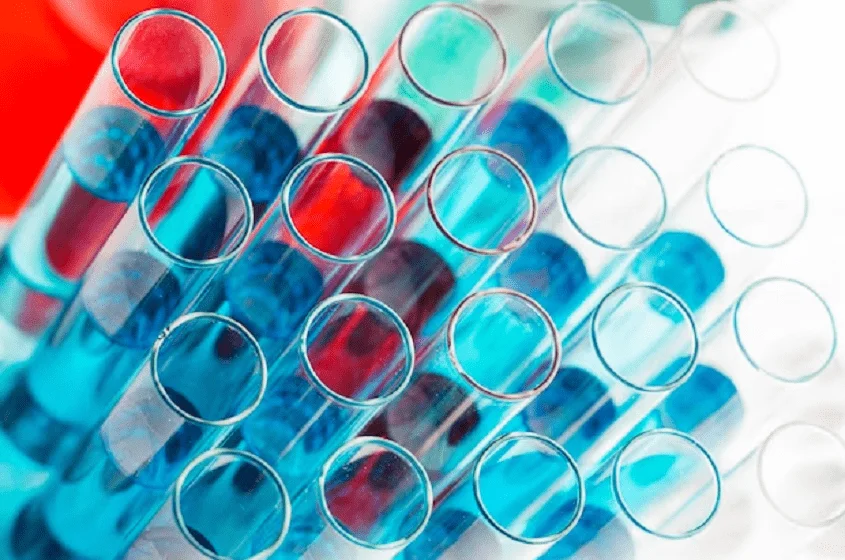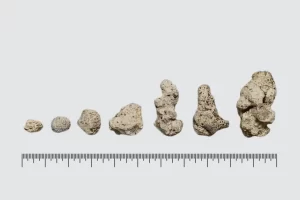Cell Banking: Pioneering the Future of Medical Research and Therapeutics
- Updated on: Nov 25, 2024
- 2 min Read
- Published on Nov 21, 2023

Introduction to Cell Banking
Cell banking is a method used to store cells of specific genotypes in cryogenic conditions for future use. This technique ensures a consistent supply of viable cells for research and therapeutic applications.
The Process of Cell Banking
- Collection: Cells, often stem cells or specific cell lines, are collected under sterile conditions.
- Processing: Cells are treated with cryoprotectants and prepared for storage.
- Cryopreservation: Cells are stored in liquid nitrogen tanks at extremely low temperatures.
The Critical Role of Cell Banks in Medical Research
Cell banks are invaluable in:
- Disease Research: Providing a stable supply of cells for studying disease mechanisms.
- Drug Development: Offering a platform for screening potential pharmaceuticals.
- Regenerative Medicine: Supplying stem cells for tissue engineering and regeneration studies.
Types of Cell Banks
- Master Cell Banks (MCB): The initial collection of cells, stored in multiple vials.
- Working Cell Banks (WCB): Derived from the MCB, used for day-to-day research.
Cutting-edge Advancements in Cell Banking
Technological advancements are improving cell banking efficiency, including automated cryostorage facilities and advanced cryopreservation techniques.
Ethical and Regulatory Considerations
- Consent: Ethical sourcing of cells, particularly stem cells, is paramount.
- Regulations: Compliance with regulatory standards like Good Manufacturing Practices (GMP) ensures quality and safety.
Choosing the Right Cell Banking Service
Factors to consider include expertise in specific cell types, storage facilities, and adherence to ethical and regulatory standards.
The Future of Cell Banking in Medicine
The future of cell banking is promising, with potential growth in personalized medicine, advanced therapies, and biobanking integration with AI for enhanced data analysis.
Conclusion
Cell banking is an indispensable tool in modern medical research and therapy development. Its evolution continues to play a pivotal role in advancing our understanding and treatment of complex diseases.












